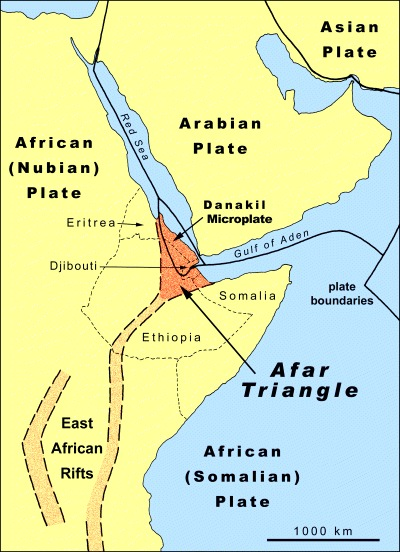
The Afar Region in northeaster Ethiopia is a place of extraordinary scientific, cultural, and natural importance. Known for its extreme climate and dramatic landscapes, Afar also holds deep secrets about the origins of humanity.
At the heart of this region lies the Afar Triangle—also known as the Afar Depression—a geological and anthropological treasure. This low-lying, triangular area is where three tectonic plates (the African, Arabian, and Somali plates) are pulling apart. This process has created active volcanoes, deep rift valleys, and unique landforms such as the Danakil Depression, one of the hottest and lowest places on Earth.
History of human evolution from 6 millions years ago to 150 thousand years old and 9 different discoveries from one place to the best place on earth lower of awash valley
The Afar Triangle is famously referred to as the “Cradle of Humanity.” It is where some of the oldest and most important human ancestor fossils have been found. These include Lucy (Australopithecus afarensis, 3.2 million years old) and Ardi (Ardipithecus ramidus, 4.4 million years old). Such discoveries make the Afar Triangle one of the most significant sites for understanding human evolution.
Among the region’s many natural wonders is Lake Asale (also called Lake Karum), a shallow salt lake located in the Danakil Depression. This lake, surrounded by salt flats, is not only visually stunning but also economically important. Local Afar communities mine salt here using traditional methods and transport it by camel caravans—a practice that has continued for centuries.valley
The Afar people, known for their resilience and deep-rooted traditions, are nomadic pastoralists who speak the Afar language and maintain a unique culture. Their way of life has adapted over generations to the region’s extreme conditions, especially around the salt trade and livestock herding.valley
In conclusion, the Afar Region—anchored by the Afar Triangle—is a place where Earth's geological forces meet the earliest chapters of human history. Its fossil-rich plains, volcanic landscapes, and vibrant culture make it a true symbol of endurance, knowledge, and the roots of mankind.
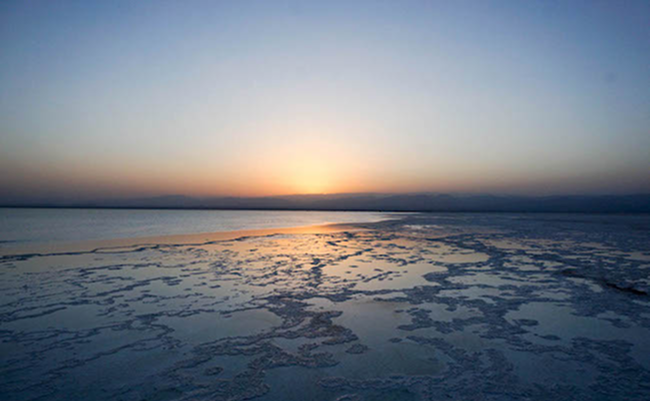
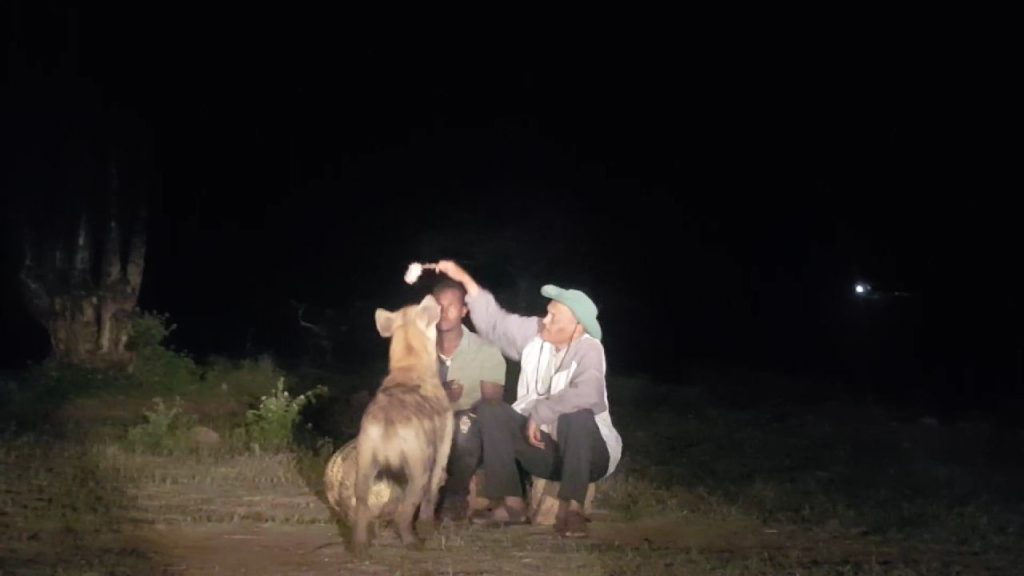
Harar, located in eastern Ethiopia, is one of the oldest and most culturally significant cities in Africa. Known as Harar Jugol, it is a UNESCO World Heritage Site, inscribed in 2006, and is considered the fourth holiest city in Islam. Surrounded by 16th-century walls, Harar preserves centuries of history, faith, and tradition.
Harar was a key center of Islamic scholarship and trade, with 82 mosques, over 100 shrines, and narrow alleyways reflecting a unique blend of African and Islamic culture. The city was once part of the powerful Harla civilization, an advanced society that existed before the rise of Harar and left behind remarkable ruins and artifacts in the region. Harla is believed to have influenced Harar’s urban and cultural development.
Harar had its own currency in earlier centuries—locally minted silver coins called Mahallak, which were used for trade across the Horn of Africa and Arabian Peninsula. The city's economy was historically based on coffee, textiles, and spices, and it remains famous for its high-quality coffee today.
Harar is also known for the tradition of the Hyena Man, who feeds wild hyenas by hand every night just outside the city walls. This unique ritual symbolizes the long-standing coexistence between people and animals and has become a major tourist attraction.
Culturally, Harar celebrates Ashura, an important day in the Islamic calendar, with colorful processions and community gatherings that reflect the city’s strong spiritual roots.
In summary, Harar is a living symbol of Ethiopia’s rich religious, historical, and cultural legacy—shaped by the ancient Harla civilization, sustained by centuries of Islamic tradition, and kept alive by vibrant customs like the Hyena Man and Ashura celebrations.
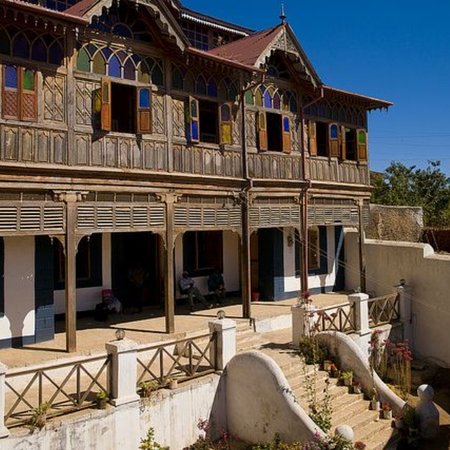
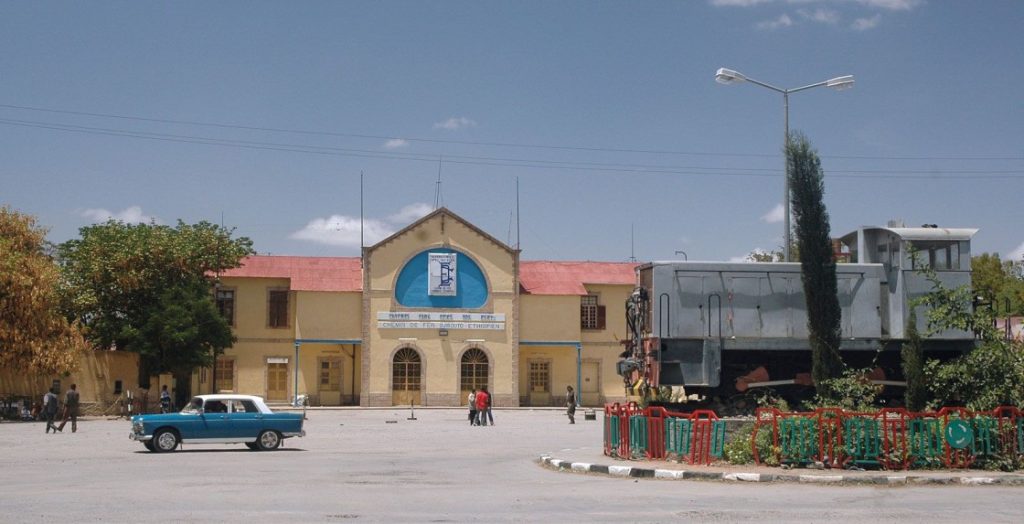
Porc Epic cave , located near Dire Dawa in eastern Ethiopia is significance archaeological site offering insight into early human symbolic behaviour and artistic practices . and about ~50,000 years evidence suggested that sustained ochre processing for over 4000 years in three site sites porc-Epic 3km, (short walk) ,Lega Oda 1hr drive+ 20 –min walk Goda-Ajawa 1 hour drive +uphill hik